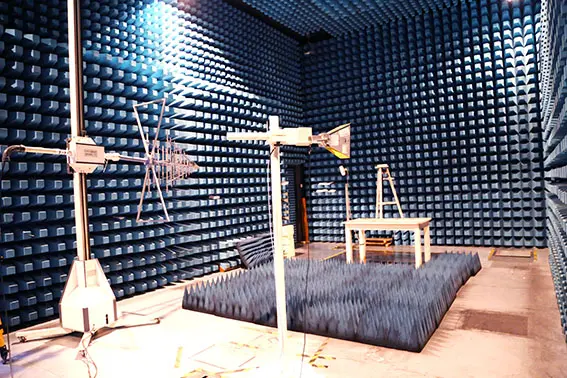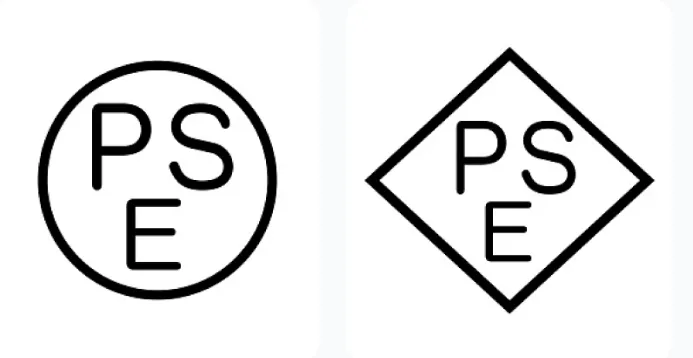
CE Certification for Lighting Fixtures: EN 60598 Testing
Lighting fixtures are lighting devices containing electrical components designed to provide illumination. All lighting fixtures consist of a fixture body and one or more lamps. LED lighting fixtures exported to EU countries must obtain CE certification, which requires compliance with the low voltage directive (LVD) and Electromagnetic Compatibility (EMC) Directive. The CE certification for LED lighting products in the EU adheres to the lvd directive 2006/95/EEC. Key testing standards include EN 60598-1, the EN 60598-2 series, EN 61347-1, EN 61347-2-13, EN 62031, and EN 62471.

General Overview of EN 60598
EN 60598-1 is the general safety standard for lighting fixtures. It specifies general requirements for lighting equipment operating at supply voltages up to 1000V. The standard covers all aspects of classification, marking, mechanical design, and electrical structure. It includes provisions for electrical safety, overheating, and mechanical integrity. Additionally, these requirements apply to luminaires with built-in starters and those used with separate ballasts.
CE Certification Directives for Lighting Fixtures
The LVD-compliant standard for lighting fixtures is typically EN 60598. Different lighting fixture types have corresponding specific standards:
- EN 60598-2-1: Fixed luminaires
- EN 60598-2-2: Recessed luminaires
- EN 60598-2-3: Road and street lighting
- EN 60598-2-4: Portable general luminaires
- EN 60598-2-5: Floodlights
- EN 60598-2-6: Luminaires with built-in tungsten filament transformers or converters
- EN 60598-2-7: Portable garden luminaires
- EN 60598-2-8: Handlamps
- EN 60598-2-9: Photography and film luminaires
- EN 60598-2-10: Portable luminaires for children
- EN 60598-2-11: Aquarium luminaires
- EN 60598-2-12: Nightlights for socket-outlet mounting
- EN 60598-2-13: Ground-recessed luminaires
- EN 60598-2-14: Neon luminaires
- EN 60598-2-17: Stage and studio luminaires
- EN 60598-2-18: Pool luminaires
- EN 60598-2-19: Ventilated luminaires
- EN 60598-2-20: Lighting chains
- EN 60598-2-22: Emergency luminaires
EN 60598-1 Testing Items
1. InsULation Resistance Test: Verifies the resistance of insulating parts to ensure safety.
2. Leakage Current Test: Measures leakage currents on the housing or conductive parts to ensure they are within safe limits.
3. Flame Test: Assesses fire resistance to ensure the luminaire does not self-ignite or spread fire.
4. Mechanical Strength Test: Evaluates the mechanical integrity of the housing and mounting components to prevent accidents.
5. Ingress Protection (IP) Test: Tests dust and water resistance for suitability in different environments.
6. Heat Resistance Test: Examines performance and safety under specified temperature conditions.
7. Electromagnetic Compatibility Test: Checks sensitivity to electromagnetic radiation and ensures it does not interfere with other devices.
8. Optical Performance Test: Measures brightness, color temperature, and color consistency for appropriate lighting effects.
9. Electrical Performance Test: Includes power factor, operating voltage range, and switch cycles to ensure proper functionality.
10. Environmental Tests: Assesses reliability and stability under varied conditions such as high/low temperatures and humidity.
Testing Timeline
The testing period typically takes 5-7 working days and requires sample submission for evaluation.
Email:hello@jjrlab.com
Write your message here and send it to us
 What is Amazon TIC and How Can Sellers Achieve Com
What is Amazon TIC and How Can Sellers Achieve Com
 2026 Battery UN38.3 Certification (Test Report) &a
2026 Battery UN38.3 Certification (Test Report) &a
 What is the IEC 62680 Standard? Compliance Interpr
What is the IEC 62680 Standard? Compliance Interpr
 Amazon Japan December Compliance Requirements
Amazon Japan December Compliance Requirements
 How to Check a CPSC-Accepted Laboratory?
How to Check a CPSC-Accepted Laboratory?
 WEEE Registration for Waste Electrical &Electr
WEEE Registration for Waste Electrical &Electr
 MSDS Chemical Safety Testing
MSDS Chemical Safety Testing
 What Are the Differences Between UK REACH and EU R
What Are the Differences Between UK REACH and EU R
Leave us a message
24-hour online customer service at any time to respond, so that you worry!




